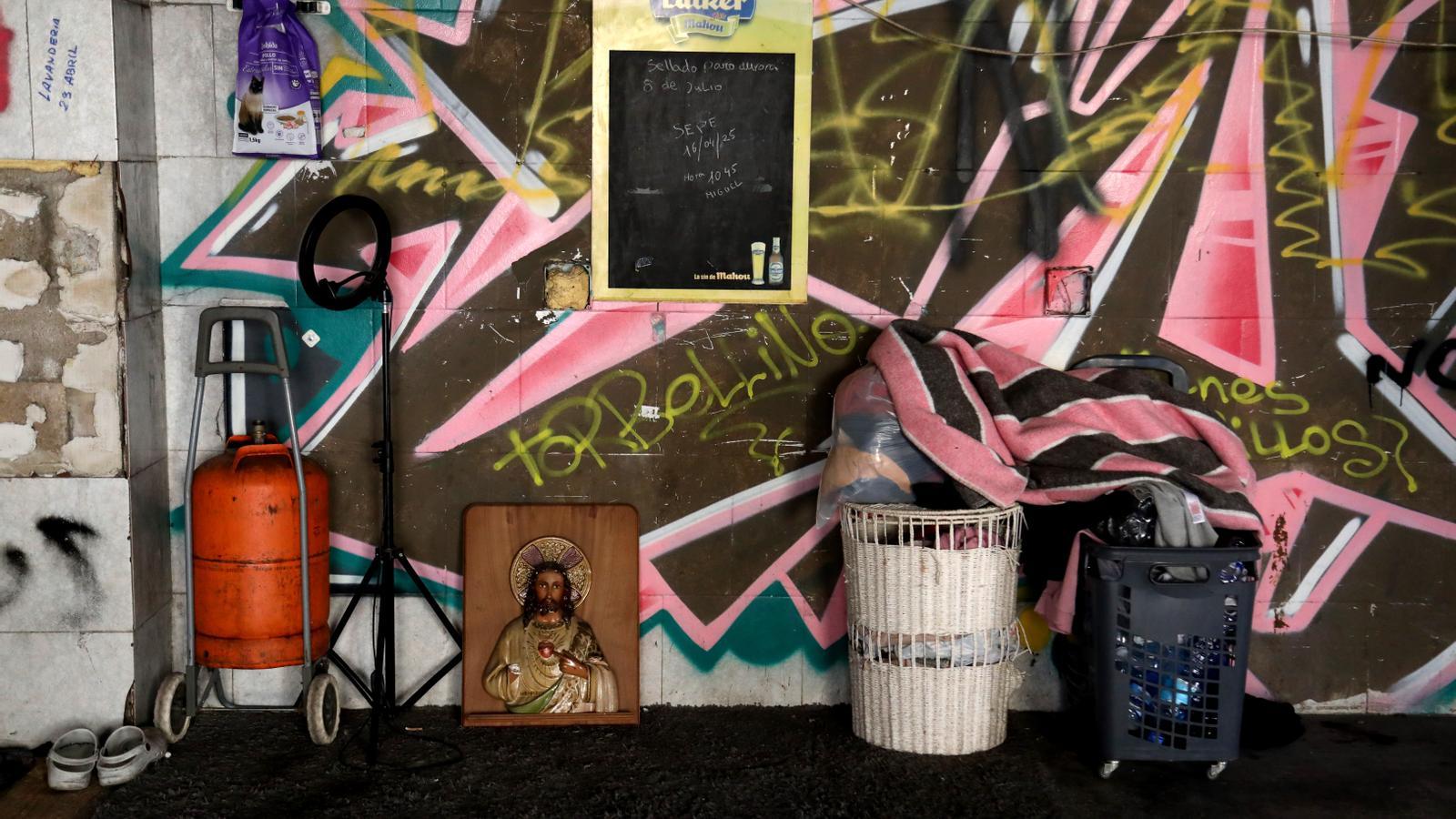Jail rock, let the poor dance to it
The old Palma prison was emptied of prisoners in 1999 and acquired by the City Council in 2013. Now, the City Council wants to use the site to build housing.


Palma's old prison (near the now-defunct Mustang Ranch, once the favorite brothel of some city mayors) was emptied of inmates in 1999 and acquired by the City Council in 2013 through a swap deal. The idea of converting the former prison into a student residence for the UIB was raised, but this residence ultimately became part of the Arts District project, in the area of the Conservatory. During the last Progress Pact, a temporary joint venture (UTE, as they call it) was commissioned to build a cultural creation center (perhaps following the example of Barcelona's Modelo). Last January, the current city government, made up of the PP and Vox (initially a covert team, but a team nonetheless), terminated the contract with the ever-hated Catalan culturalists, which meant having to pay compensation of seven thousand euros to the winning company.
It's okay, because Cort now has a better and, above all, more innovative idea: moving construction and laying bricks. Specifically, the idea is to partially demolish the current building and use the site to build housing. What kind of housing? What a question, housing. Social housing? Yes, of course, social housing, let's see who they've taken from us. But not too much, as we know the right isn't very fond of social spending. The construction project is being carried out by the Housing Board, but the apartments that emerge will not be incorporated into the Board's housing stock. Why? Oh, who knows. Maybe it has to do with not taking up too much of the market with social housing and thus annoying the friends of real estate agents and investment funds, better known as vulture funds. The market is limited, even more so in Palma, and there must be enough for everyone: hence the law now passed to expand construction and Palma's population to a third of its current size (Mayor Martínez has already stated that they do not intend to allow construction in Son Sardina, but we already know the difference between what is being said). In any case, the homes built on the former prison "will enjoy some form of official protection." It is not yet known for whom they will be intended.
Nor is much known about what they will be like, because the first step is the demolition of the building and—above all—the eviction of the homeless who have settled there over the years. 'Aporophobia' is a relatively new term, coined by Professor Adela Cortina, which designates something as unfortunate as it is undeniable: those who cause true rejection, those who earn hatred most easily, are not so much foreigners or people of a different religion or skin color, but the poor. In sufficiently broad areas of Mallorcan society (and, therefore, of its ruling class), aporophobia is widespread and poorly concealed. Hatred of the poor is recognized, for example, in the need to evacuate them from any place where they settle, even a place as gloomy and lacking in all basic needs as an old abandoned prison.
160 homeless people
The City Council had planned to begin demolishing the compound during the month of June, and that before then the eviction of the one hundred and sixty (160) homeless people who had taken refuge would have been carried out, and to whom a letter was delivered warning them that they should leave. A letter. The City Council did warn, however, that none of these one hundred and sixty (160) people were minors, so that they would not be too pitiful. At this moment, and not very surprisingly, the planned schedule has not been met and the homeless have not been evicted nor has the work begun. During the interlude, it doesn't seem that anyone has thought to ask themselves how it is (what does it do, what is the explanation, what are the motives) that in a city like Palma there are one hundred and sixty (160) people who do not have a home and have hidden here, among the remains of a place of deprivation of liberty. All of this is depressing, but suddenly, in the rubble, someone has placed—as we see in the photo by Ismael Velázquez—a small table, some chairs, some stools, collected from the dung, so that people could drink coffee and give a talk.
